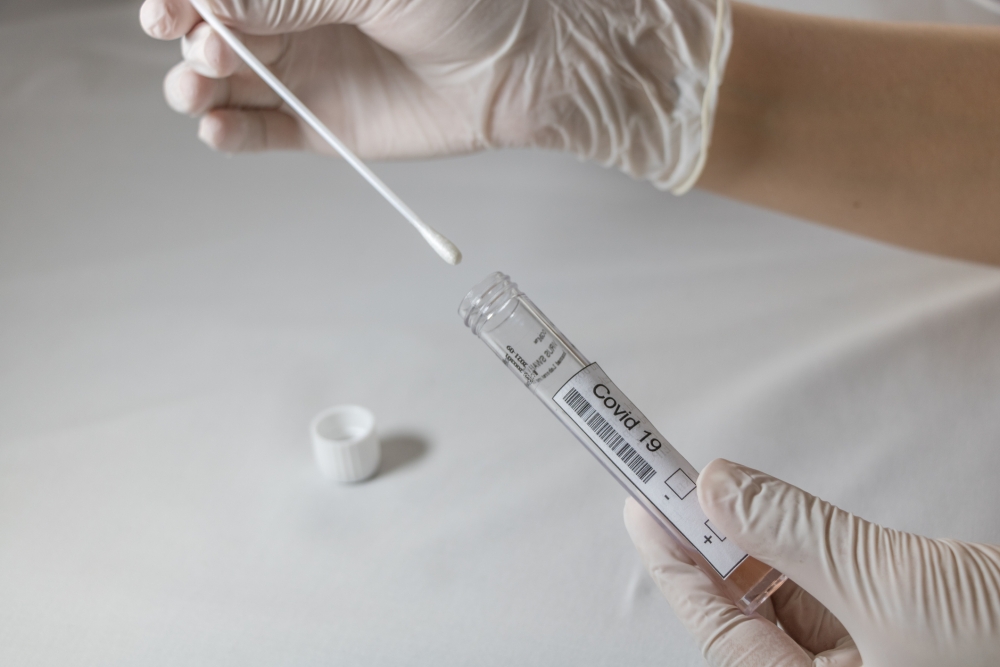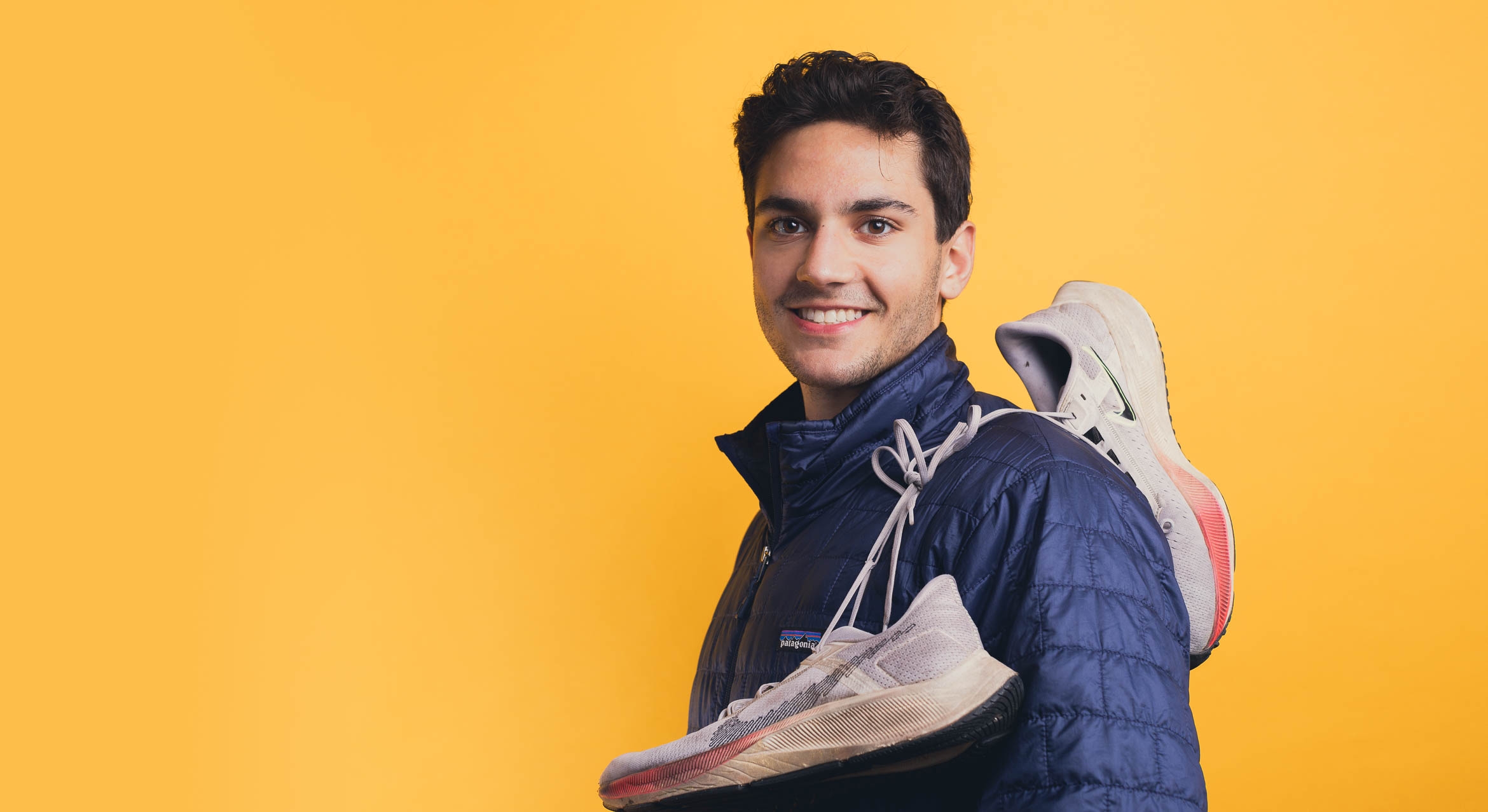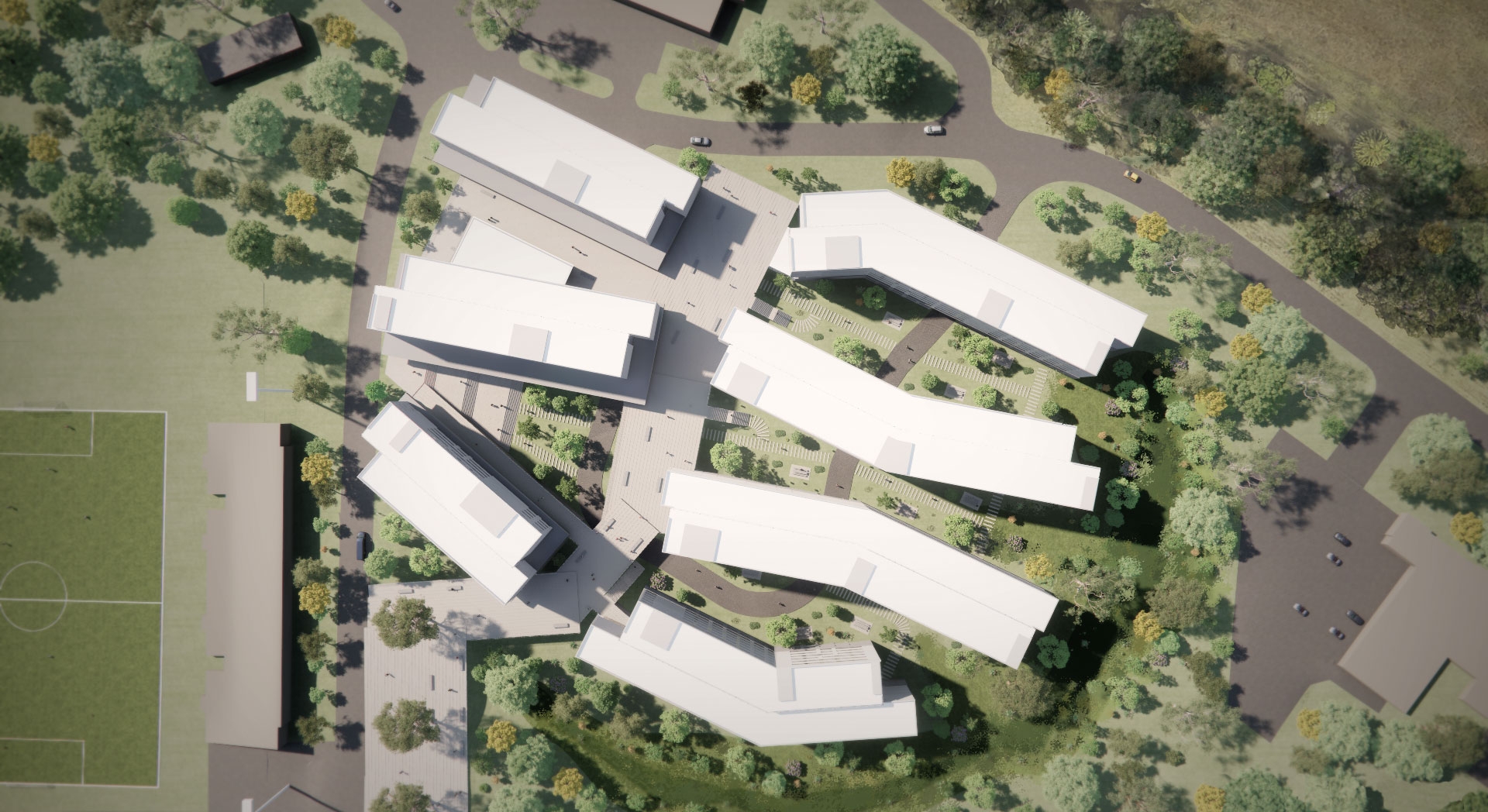
Racing Against COVID-19
COVID-19 is fast. To beat it, we must be faster. That’s why UC Santa Barbara has established its own CLIA-certified laboratory, enabling the speedy clinical-level testing and medical diagnosis needed to help stem the pandemic tide.
“Clinically, time makes a huge difference,” said UCSB biologist Stuart Feinstein, who is one of the leaders behind the university’s COVID-19 testing efforts aimed at the asymptomatic campus community. The lab, which became fully operational in recent weeks, can turn around tests in a matter of hours to a day — a critical time savings in detecting the SARS-CoV-2 virus.
UC Santa Barbara COVID-19 Response Team’s Dr. Laura Polito couldn’t agree more.
“In our population, this virus is mostly transmitted by asymptomatic people — people who don’t know they have it,” she said. “And they can be spreading it for days before they even develop any symptoms.” The quicker the turnaround, the sooner necessary isolation measures can be taken and contact tracing initiated should a test return a positive result, she added.
Located in the BioEngineering building, the facility resembles any other lab, with roughly 700 square feet of laboratory scientific equipment: hoods, refrigerators, freezers, centrifuges. What sets it apart, however, are the clinical standards to which the equipment is calibrated and maintained, and the people who work there are trained. Short for Clinical Laboratory Improvement Amendments, a CLIA lab meets requirements set forth by the Food and Drug Administration, the Center for Medicaid Services and the Centers for Disease Control for the handling and testing of human samples.
“In a lab where you’re making clinical decisions about people’s health, it’s very highly regulated to be sure you’re being accurate,” Feinstein said. In the case of COVID-19, only tests that have been run in CLIA-certified labs meet the rigor required for a medical diagnosis.
The laboratory serves as the hub for samples collected at testing sites at Loma Pelona Center and in the Linda Vista Room at Santa Catalina residence hall. Testing is available to students and faculty and staff members who live in campus housing or are working or conducting research on campus, as part of a surveillance screening program. Students are required to undergo asymptomatic testing on a weekly basis. At its peak, the lab is expected to process up to a thousand samples a day; any excess will be sent off campus to partner laboratories at UCLA and at the private sector company Fulgent. These generally have turnaround times of 1-2 days.
With the new CLIA-certified lab and the off-campus partner labs, the COVID the surveillance team is running about 4,000 tests a week. Most are being done at the on-campus CLIA lab.
“We anticipate that this will increase by a couple thousand tests per week next quarter,” Feinstein said.
The UC Santa Barbara facility is the result of a true cross-campus collaboration: In state-of-the-art space generously donated by the College of Engineering, members of Student Health Services’ clinical staff run tests to detect the novel coronavirus along an asymptomatic testing framework developed with UCSB biologists, all with support from the Chancellor. And that doesn’t even cover the myriad other contributions from other departments that helped make the lab a reality, Feinstein said.
“Everybody has been phenomenally cooperative,” he said. “The lab didn’t get put together by three or four people; it really took many dozens of people spending a lot of Zoom time.”
The establishment of the CLIA lab at UCSB is even more impressive given that it was accomplished in a fraction of the time it normally takes labs to obtain CLIA certification (a process that can take up to up to a couple years), and that it is brand-new. The campus is also grateful for the generous private donations in support of this effort.
“We’re a nonmedical school campus,” Polito said. “So this was not something that we could use certified hospital space for. This was literally built from scratch.”
The campus had help from a group of local pathologists from Mission Pathology Consultants (an affiliate of Cottage Health Systems) who contributed their expertise to the lab’s setup and its accreditation. “Clinical pathologists — Drs. Emily Waterhouse and David Martin-Reay, as well as Drs. Matthew DeNicola and Stewart Comer — were all instrumental in pushing the project across the finish line in record time,” Feinstein said.
“We got a laboratory up and running from scratch in four months,” said Dr. Martin-Reay, who with his colleagues advised on the setup of the lab and signed off on its establishment. “I think that’s something that the university, and Mission Pathology Consultants should be proud of.”
Additional essential contributions came from biology professor Carolina Arias, Student Health lab manager Lisa Foley, Associate Chancellor Chuck Haines and many others, Feinstein noted. The COVID-testing lab is technically covered by an extension of the existing CLIA certification that covers Student Health Services’ clinical lab.
In addition to collecting samples and running tests, building this lab also meant building a system for managing a mountain of information. “You have to keep meticulous documentation of how many tests you ran, how many were positive, how many were negative, how many were inconclusive,” Polito said. Not only is that data stored as an official electronic medical record for every person tested, it is reported to the State of California via CalREDIE, an electronic disease reporting and surveillance program implemented by the California Department of Public Health.
The current on-campus population is being kept low to prevent and limit as much as possible the spread of infection; consequently, the lab is seeing up to 700 samples a day. The surveillance will be a useful tool in capturing and controlling potential infections as people come and go for the holidays.
“We are particularly concerned about the holidays,” Polito said. “We are 10 months into this pandemic and people are tired. It’s the holidays and everyone wants to go see their family. I totally understand that.
“But, unfortunately those two things — travel and gatherings — are two of the best ways to spread this virus,” she continued, adding that health officials saw a dramatic increase in cases since Thanksgiving involving students residing in Isla Vista who participate in the surveillance project, but who don’t attend on-campus classes. “That’s expected to happen over winter break as well.”



